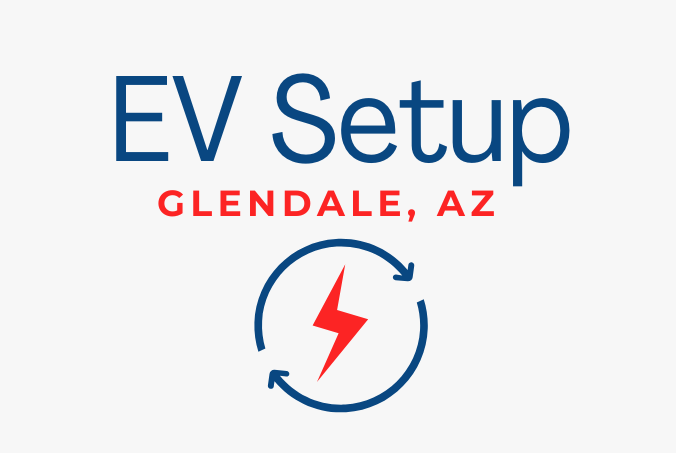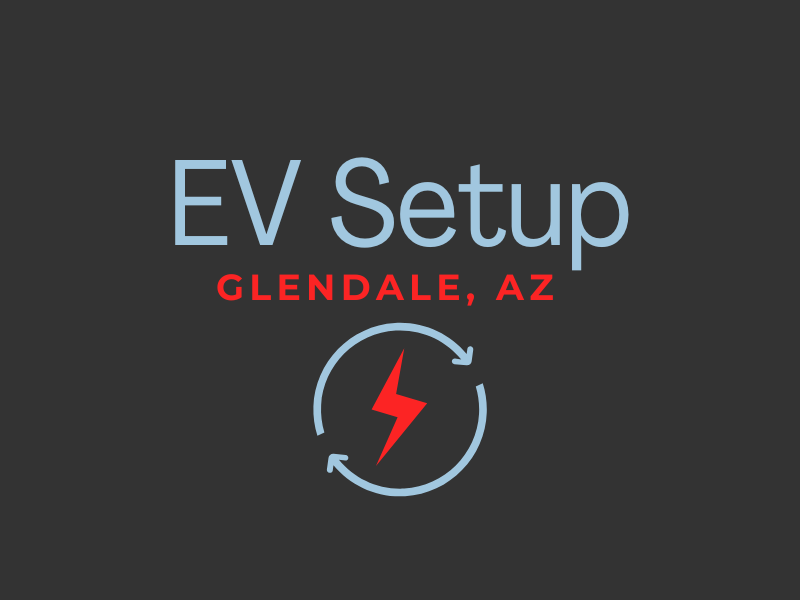Essential tools required for DIY EV charger installation in Mesa, AZ: A comprehensive guide for homeowners
Electric vehicles are revolutionizing transportation in Mesa, Arizona. As more residents embrace this eco-friendly technology, installing a home EV charger becomes essential. DIY installation can save money, but requires the right tools and knowledge.
Essential tools for DIY EV charger installation include a voltage tester, wire strippers, conduit bender, and drill. These items ensure safe and proper setup of your home charging station. A level 2 charger, which uses a 240V circuit, offers faster charging times compared to standard 120V outlets.
Before starting, it's crucial to assess your home's electrical capacity. Most EV chargers require a dedicated 30-50 amp circuit. Consulting with a licensed electrician can help determine if your current system can handle the additional load or if upgrades are necessary. With the right preparation and tools, DIY installation of an EV charger in Mesa can be a rewarding project.
Preparing for Home EV Charger Installation
Before installing an EV charger at home, it's crucial to evaluate your electrical setup and choose the right equipment. Proper preparation ensures a smooth installation process and optimal charging performance for your electric vehicle.
Assessing Electrical Service Capabilities
Check your home's electrical panel capacity. Most EV chargers require a dedicated 240-volt circuit with 40-50 amps. Ensure your panel can handle this additional load. If not, you may need a service upgrade.
Count available breaker slots. Level 2 chargers typically need a double-pole breaker. Verify there's space for this new circuit.
Measure the distance from your panel to the desired charger location. Longer runs may require thicker wiring to maintain charging efficiency.
Consider hiring an electrician to evaluate your service. They can confirm if your current setup meets the National Electrical Code requirements for EV charging.
Understanding Chargers and Installation Basics
Choose between Level 1 and Level 2 chargers. Level 1 uses a standard 120-volt outlet but charges slowly. Level 2 offers faster charging with 240-volt power.
Level 2 chargers come in different amperages:
- 16-amp: ~3.8 kW
- 32-amp: ~7.7 kW
- 40-amp: ~9.6 kW
- 48-amp: ~11.5 kW
Higher amperage means faster charging but requires a larger electrical service. Most homes can support 32-amp or 40-amp chargers.
Select a charger compatible with your vehicle's inlet. Common plugs include J1772, Tesla, and CCS.
Decide on a hardwired installation or a NEMA 14-50 outlet for flexibility. Hardwiring can support higher amperages but limits portability.
Implementing the Installation
The installation process requires careful execution and optimization of your charging setup. Proper implementation ensures safety, efficiency, and convenience for your home EV charging station.
Executing the Installation Process
Begin by turning off power at the main panel. Mount the charging station securely on the wall, ensuring it's at a comfortable height for use. Run conduit from the electrical panel to the charger location, pulling the appropriate gauge wire through. Install a dedicated circuit breaker in the panel, typically 40-50 amps for Level 2 charging.
Connect the wires to the charging station, following the manufacturer's instructions and local electrical codes. Double-check all connections for tightness. Secure any exposed wiring in conduit or cable management systems.
Test the installation by restoring power and verifying the charger powers on correctly. Conduct a test charge with your EV to ensure proper functionality.
Not only do we service Mesa, we also can help you as far West as Peoria.
Optimizing Your Charging Setup
Consider your daily driving habits when positioning the charger. Place it near where you usually park, allowing easy access to your vehicle's charging port. Install weatherproof covers for outdoor installations to protect against the elements.
Program your charger for off-peak charging times to reduce electricity costs. Many utilities offer lower rates during overnight hours. If you have solar panels, synchronize charging with peak solar production to maximize renewable energy use.
Ensure proper ventilation around the charging unit to prevent overheating. Keep the area clear of clutter for safety and easy access. Consider installing a surge protector to safeguard your EV and charging equipment from power fluctuations.
Regular maintenance checks will keep your charging station operating efficiently. Inspect cables for wear and keep connections clean and tight.

